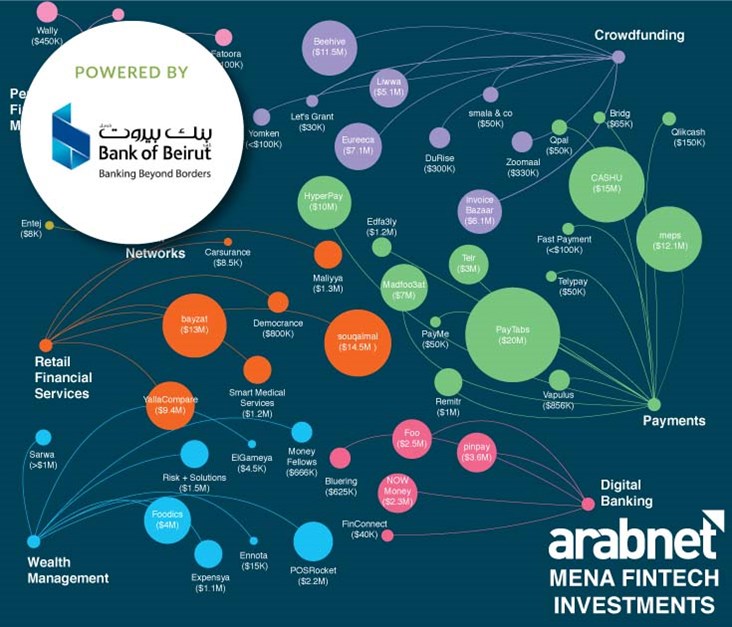Five Tips for a Killer Video Distribution Strategy
Back
According to a survey from the Web Video Marketing Council (WVMC), 96% of B2B organizations use video content marketing and 41% plan to increase their spends on these activities. While video is and continues to be an important part of marketing strategies and budgets, brands often overlook and underestimate the most crucial component of the video marketing process: distribution. Brands must put time and resources in a strong distribution strategy to create a successful video campaign and generate a strong return on investment. This means they need to know how and where to distribute their content online. Here are five tips to create a killer video distribution strategy:

1. Start with the End in Mind
Brands should plan for distribution before or while they are creating their video campaign. Since distribution channels vary greatly, those selected could change the video production process and marketers may need to create different versions of their video for different channels in order to optimize success. For example, videos posted on Facebook need engaging visuals to catch users’ attention even without sound. With 75% of video views on Facebook and half the views on YouTube coming from mobile devices, adopting a mobile-first approach when creating video content, ensuring the content renders well on smaller screens, is a wise move.

2. Invest in Paid Promotion
With the abundance of videos on the web and the difficulty in achieving organic reach easily, brands will have to design a solid plan to promote their content and invest in paid promotional strategies to reach their target audiences. According to WVMC, only 38% of companies have paid to promote online video. However, to succeed in today’s market, companies can no longer rely on free platforms like YouTube and Facebook for organic reach and must budget for paid promotions, whether it be on social networks or partner publishers such as Buzzfeed.

3. Optimize for Search and Sharing
Search Engine Optimization (SEO) is an integral part of a successful video distribution strategy and gives brands the opportunity to have their video appear in front of their target audience when they search for something related to it. Marketers must optimize their videos for search and work on their SEO strategies, in order to increase the number of views their video receives. Even if a brand has a great message, a high quality video and a winning strategy, if the video can’t be found by Google or by individuals when they are searching for something specific, the brand will lose out on potential engagement opportunities. Therefore, the title, tags and description used for a video are very important and must be strategic, as search engines rely on that information to identify what the video is about.

4. Know Your Social Platforms
While video content on a brand’s website is important, it’s not always where its customers are. Social media platforms in general are the go-to distribution channels for video makers, and deciding what platform a video will be shared on should be carefully thought out and planned. Brands must choose the best platform(s) to deliver their content based on their goals, target audiences and preferred video style(s). While brands will want to choose platforms that have their most active consumers, they should also look for the ones favored by their potential customers and not restrict themselves to just one platform. Videos must also be optimized for sharing across platforms and different devices, and have shortened URLs and call-to-action/share buttons to encourage viewers to spread the video within their networks.

5. Use Metrics
Prior to launching a video marketing campaign, it is important for brands to define the metrics with which they will measure the success of their campaign distribution. One way of doing this is by aligning metrics with specific stages of the consumer journey. The total number of video starts, average viewing times and the number of viewers who watch an entire video, are the most commonly tracked metrics. However, for brands to acquire more in-depth information and data, they may need to partner with a video analytics firm like Vidyard, Pixability or Tubular Labs. These platforms can provide additional data such as how many views a specific video received as well as whether unique viewers watched the video more than once.
By deploying these tactics in their distribution strategies to ensure effective reach and engagement, brands can ensure that their efforts in video marketing are successful and that the content is able to serve its purpose.
Latest Business
Intelligence Report














